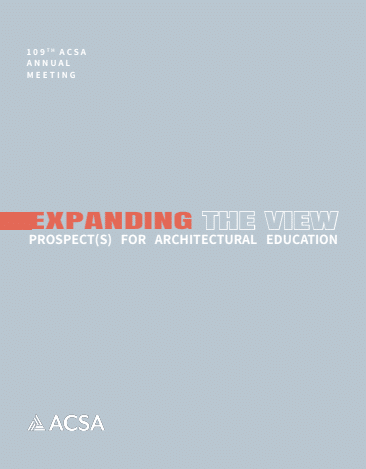Author(s): Huzefa Jawadwala, Robert Tian, Hongxi Yin, Ming Qu, Xiaoli Liu, Niall Holmes, Jorge Kohanoff & Ruchita Jani
Buildings use 40% of the global energy consumption and emit 30% of the CO2 emissions [1]. Of the total building energy, 30-40% are for building heating and cooling systems, which regulate the indoor thermal environment and provide thermal comfort to occupants. In the United States, most buildings use forced air technology to deliver heating/cooling to the targeted thermal zones as shown in figure 1. This system may cause complaints for thermal comfort from inhabitants due to excessive draft movement, inhomogeneous conditioning, and difficulty in accurately controlling the temperature for a system serving multiple rooms [2]. To address these issues, researchers have suggested the use of radiant heating and cooling system as a better alternative to all-air systems, as depicted in figure 2 and 3. Radiant systems supply heating or cooling directly to the building space using radiation released by the heated or cooled building enclosure via the embedded heating or cooling tubes. In the cooling season, the radiant system often works with a separated dehu¬midifier together to meet space latent and sensible cooling load (called separate sensible and latent cooling system SSLC). The SSLC has shown higher efficiency than forced air systems [3]. However, it is unsure whether the radiant heating and cool¬ing system can provide better thermal comfort to occupants. Moreover, the evaluation method for thermal comfort in the current standard is only suitable for forced air systems. A new method shall be developed to evaluate the radiation system’s thermal comfort. In this paper, we review the experiment-based studies on the thermal comfort of radiant systems. According to the experimental studies regarding thermal comfort and radi¬ant systems, the key findings are concluded to help guide the evaluation of thermal comfort for radiant systems.
https://doi.org/10.35483/ACSA.AM.109.2
Volume Editors
ISBN
978-1-944214-37-1

 Study Architecture
Study Architecture  ProPEL
ProPEL 
